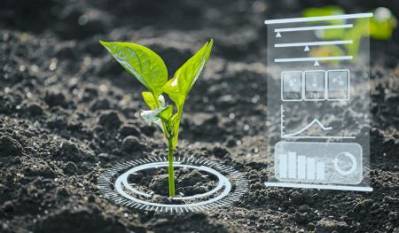NEW DELHI, 3 July 2025: India plans a sweeping expansion of its artificial intelligence–driven pest detection system to reach more than 146 million farmers, a move that could transform the country’s agriculture sector by curbing crop losses from pests and diseases, agriculture secretary Devesh Chaturvedi told Mint.
The National Pest Surveillance System (NPSS), launched on August 15, 2024, has so far been piloted with about 30,000 users, including farmers and agricultural extension workers. The program uses AI-powered computer vision models to analyze pest images and guide farmers on timely intervention strategies.
The average annual crop loss in India is estimated at between 10% and 35% due to weeds, pests, and diseases, with these figures varying significantly based on rainfall, temperature, crop type, and farming practices.
“We plan to bring more farmers and extension workers under its ambit, taking it to 50,000 users initially. Further, the idea is to extend it to all farmers,” Chaturvedi said.
The ministry aims to empower farmers to upload images of affected crops directly to experts, who can then offer advice on pest management. The AI models can distinguish between beneficial insects and harmful pests, reducing pesticide overuse while supporting sustainable farming.
“Once the pest is detected, these models can be clubbed with pest management advisories, which can reduce indiscriminate pesticide use and help protect the environment while enhancing farmer incomes,” explained J.P. Tripathi, Director of Agriculture Programmes at Wadhwani AI, a nonprofit organization supporting the effort.
In parallel, the government continues to advance other AI tools for farmers, such as the Kisan e-Mitra chatbot, which responds to queries about the PM Kisan Samman Nidhi scheme. Since its launch in September 2023 in five languages, the voice-based chatbot now supports 11 regional languages, handling more than 9.3 million farmer queries to date.
The chatbot uses a self-learning AI model to address a wide range of farmer concerns, from application progress to payment status, in both text and audio formats, Chaturvedi added.
For the year 2025–26, India has set a record food grain production target of 354.64 million tonnes, a 3.8% increase over 2024–25’s estimated output, banking on a forecast of above-normal monsoon rainfall at 106% of the long-period average.
Officials believe integrating advanced AI tools like NPSS will be crucial to reaching those ambitious targets while supporting nearly half the country’s population that depends on agriculture.
Image credit: intellias.com




















